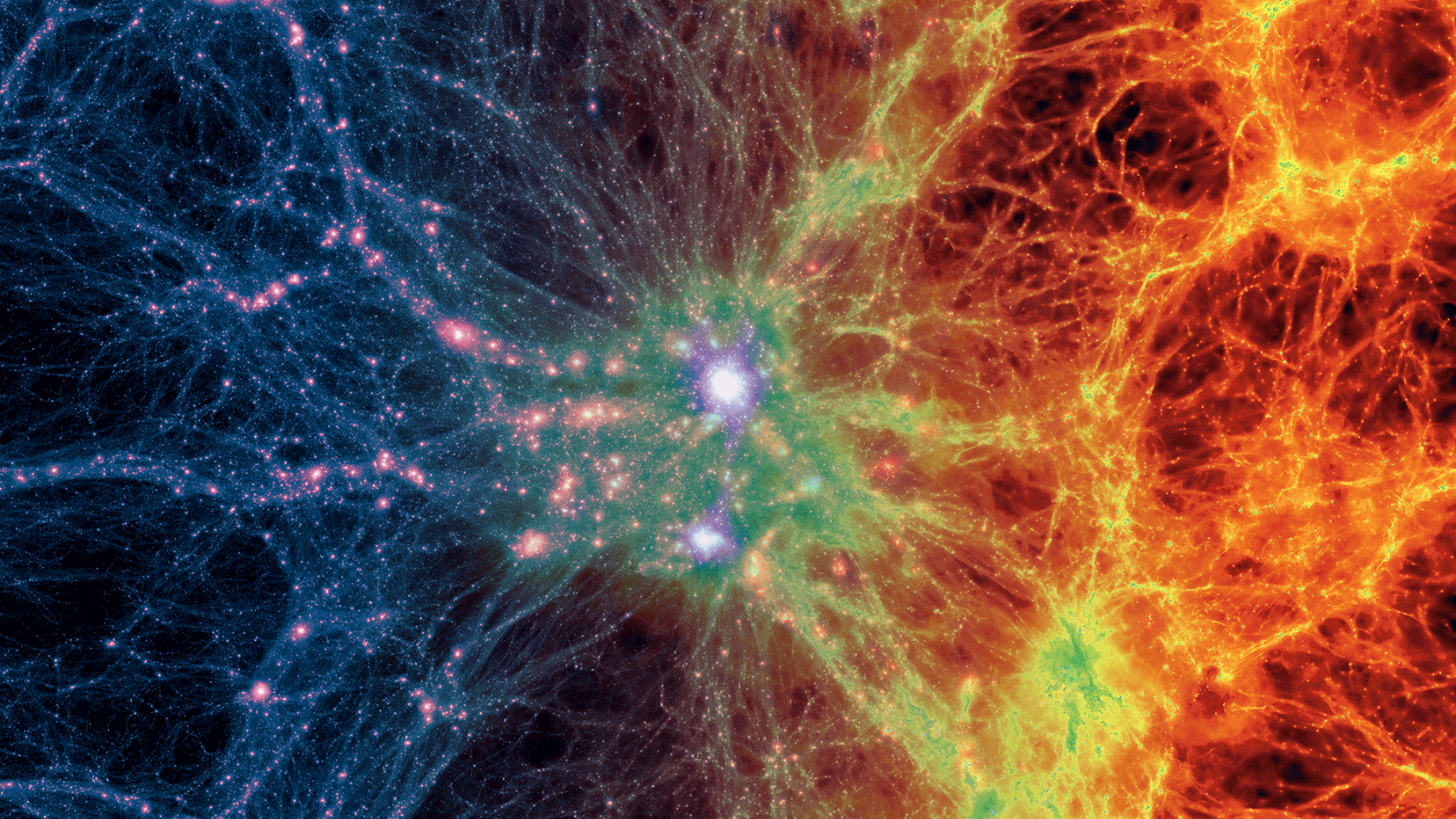Phantom energy and dark gravity: Explaining the dark side of the universe
Understanding the 'undetectable' cosmos could lead to significant changes in some highly cherished theories about space-time.
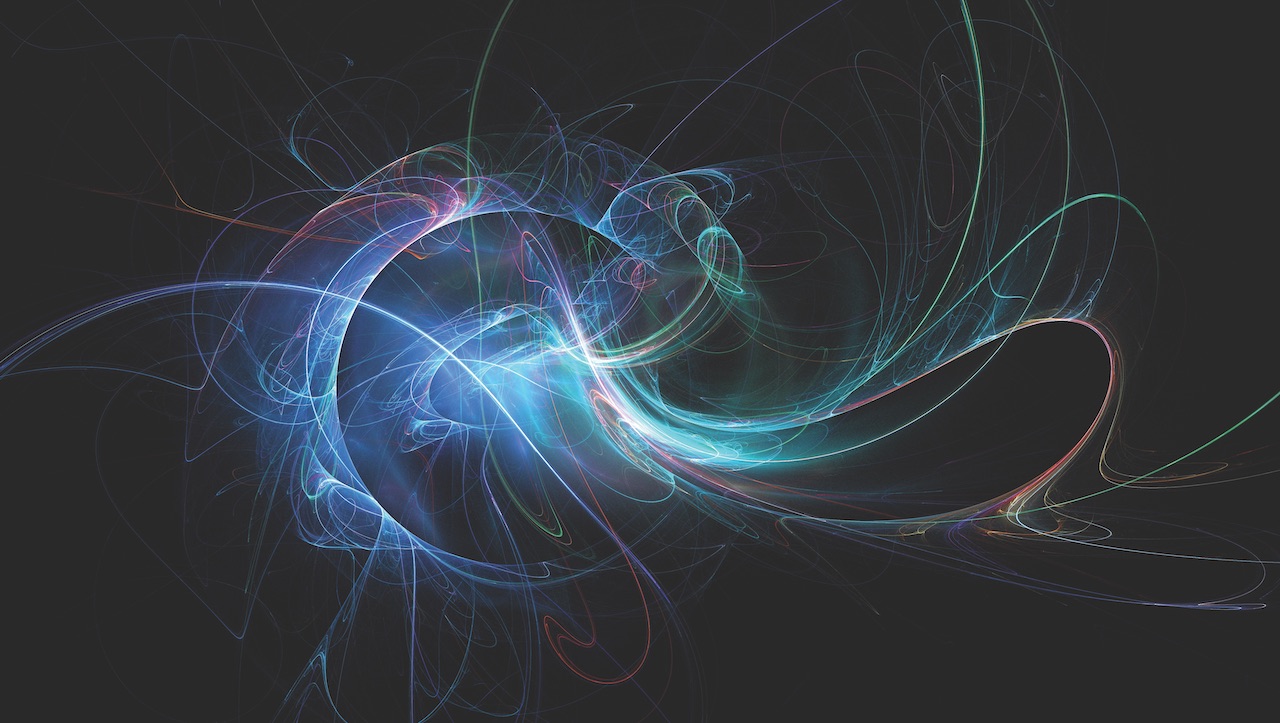
What makes the universe behave the way it does? It's a question scientists have been striving to answer for hundreds of years. From Einstein's theory of general relativity to dark matter and dark energy, our understanding of the universe has massively expanded. However, as our knowledge expands, these explanations increasingly struggle to be consistent with what we are observing, and so scientists are now looking at new ideas to explain what we see — "dark radiation" and "phantom energy."
As we continue to observe and study the universe around us using ever-more precise instruments and sophisticated data-processing systems, the findings have invariably proven to be unexpected. Perhaps the most famous of these findings was the gradual realization that everything we can see in the universe — every dust cloud, asteroid field, planet, star, nebula and galaxy cluster — simply doesn't have sufficient mass to ensure that the universe behaves in the way it clearly does — at least according to the standard model of cosmology, grounded in Einstein's theory of general relativity.
A potential solution to this problem was first suggested as far back as the early 1930s with dark matter, so-called because it must consist of a material that neither emits nor reacts with visible light, or indeed any part of the electromagnetic spectrum. And so the dark side of the universe was born.
More recently — albeit indirectly by detecting its gravitational influence — astronomers have learned more about dark matter, not least the astounding fact that it must make up around 23% of the total mass in the universe. Nevertheless, once dark matter is added to Einstein's theory, it fits everything from star formation to the fact that galaxies don't simply fly apart due to their rate of spin.

This article is brought to you by All About Space.
All About Space magazine takes you on an awe-inspiring journey through our solar system and beyond, from the amazing technology and spacecraft that enables humanity to venture into orbit, to the complexities of space science.
But it is not just about dark matter. In 1929 observations made by Edwin Hubble revealed that the universe appeared to be expanding — that most galaxies were moving away from us, and those that were furthest away were doing so the fastest. The correlation between the distance and speed at which the universe is expanding was soon dubbed the Hubble constant, but don't let that name fool you — as it turns out, it's neither constant nor unchanging as the universe expands.
When it came to what was causing this expansion, astronomers eventually opted for the idea of dark energy as a solution — an unknown form of energy permeating all space that ensures matter increasingly repulses matter. Again, for Einstein's theory to work, this dark energy needs to account for more than two-thirds — about 73% — of the energy in the universe.
Nevertheless, in more recent decades, indirect evidence has been found that supports the idea of dark energy, not least when astronomers compare distance measurements and their relation to the redshift in the light detected from the objects. The fact that the universe appears to have expanded more in the latter half of its life is one such example of evidence in favor of dark energy. Dark energy may well explain why, going by measurements taken of the direction patterns in the cosmic microwave background (CMB), it appears the universe is close to being flat, which would only be possible if some form of unknown energy existed to balance its overall density against an otherwise insufficient amount of mass — matter and dark matter combined — in the universe.
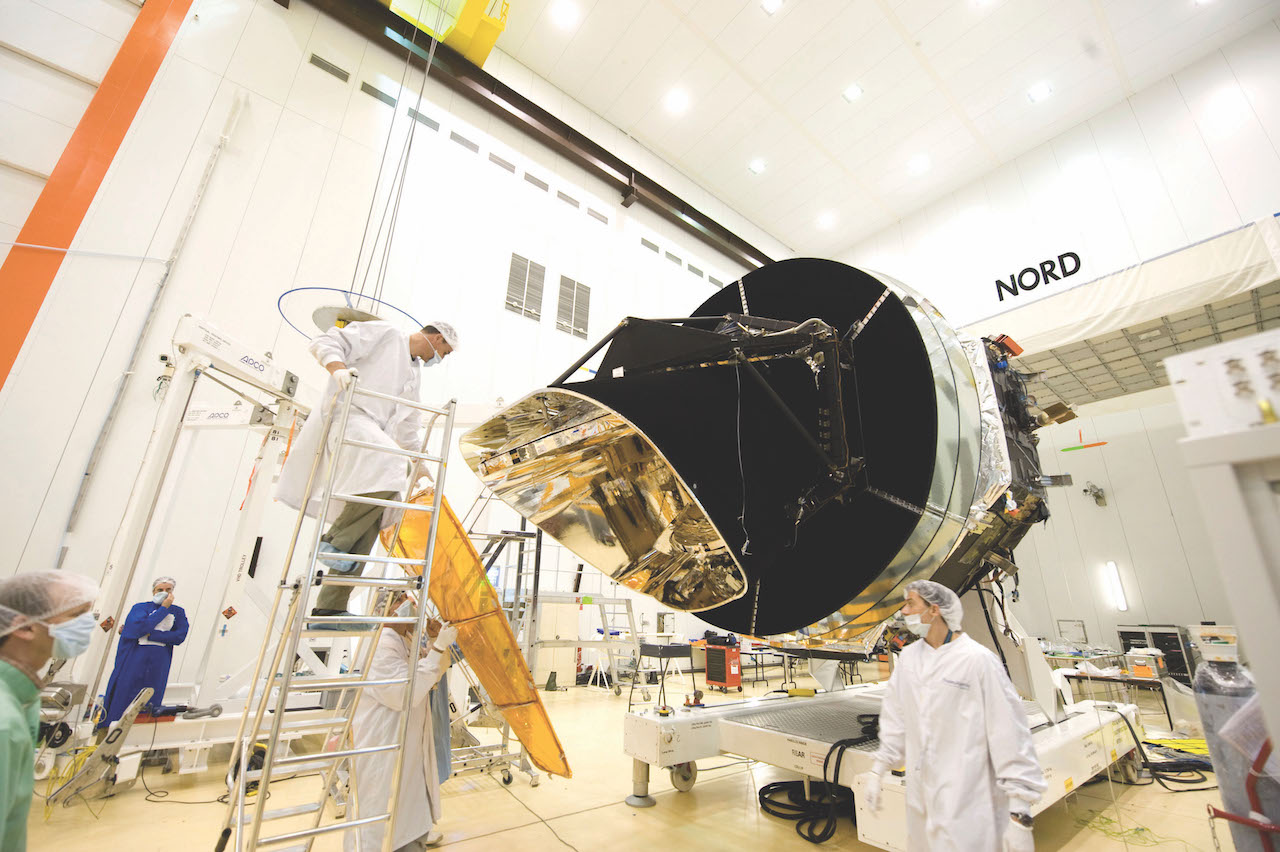
However, dark matter and dark energy now appear insufficient to keep the standard model of cosmology perfectly in sync with how the actual universe is observed to work. Cosmologists are increasingly talking of dark radiation and a specific form of dark energy that's been dubbed phantom energy. This astronomical phantom energy is not to be confused with the phantom energy, or "vampire energy," drawn by electrical equipment from the grid when switched off but still plugged in.
There is also talk of "dark" or "modified" gravity, a somewhat more drastic approach that suggests we simply don't fully understand the fundamental nature of the universe and that gravity — especially at huge cosmological scales — doesn't actually follow the rules laid down by Einstein's theory of general relativity.
Robert Caldwell is a theoretical physicist at Dartmouth College, New Hampshire, whose research focuses on addressing questions about the basic properties of the universe.
"I guess they've really only been discussed since about 2000," he said. "Dark energy and dark gravity are both proposals to explain the significantly accelerating cosmic expansion, which can't be explained otherwise. Some people have suggested that maybe gravity has a different description on cosmological scales, so that goes under the name of modified or dark gravity — I kind of like 'dark gravity.' Dark radiation — that's a funny one. I guess really where that comes in is the gap between the 'allowed' amount of radiation in the early universe and the amount we can account for."
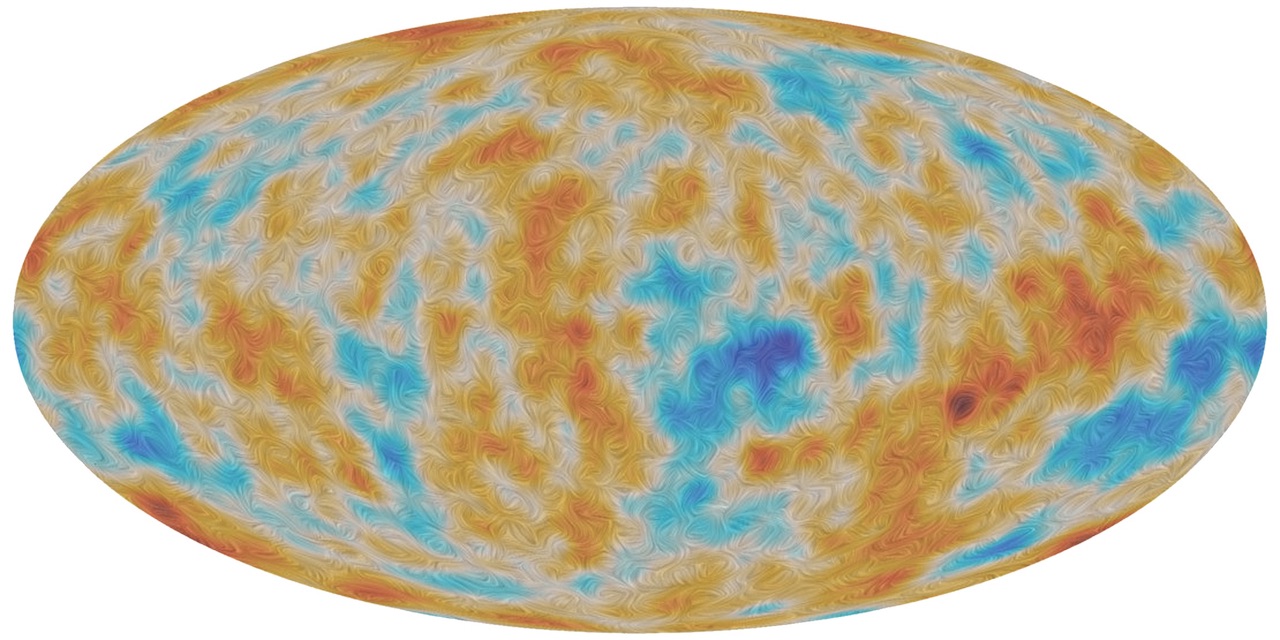
A recent spur for talking about these newer aspects of a 'dark' universe was a scientific paper, published in June 2016, written by Adam Riess of Johns Hopkins University, along with the support of 14 co-authors from 11 research institutions around the globe. Based on the most accurate calculations of the distances between Earth and 19 different galaxies — relying on the "yardsticks" of more than 2,000 variable Cepheid stars and Type 1a supernovae — the paper's findings were startling. According to the study, the revised speed of the expansion of the universe is 45.5 miles per second (73.2 kilometers per second) for every 3.26 million light-years — that is, every 3.26 million light-years further away we look, we find the universe is expanding 45.5 mps (73.2 km/s) faster. At this rate, distances between cosmic objects are likely to double in another 9.8 billion years.
The challenge this refined figure poses, however, is that it doesn't fit the expansion rate predicted from wider measurements made of the afterglow from the Big Bang — the cosmic microwave background — as measured by the European Space Agency's Planck satellite. In fact, the difference is three to four times the 'uncertainty' factored into the latest figures.
Simply put, the paper suggests that the universe is currently expanding 9% faster than it should be, at least according to the astronomers' predictions. "Either something else is missing, as in there's a new type of substance we don't know, or the things we already know of are really weird and crazy and something funny is going on," said Brad Tucker, one of the paper's authors from the Mount Stromlo Observatory at the Australian National University. "We either add in something new or we really have to figure out what we think about dark matter and dark energy and what they are."
Phantom energy and the expansion of the universe
This mysterious form of dark energy could very well cause our cosmos to end by being torn apart
"While there have been published doubts raised about the accuracy of some of this CMB data, taken at face value it appears we may not have the right understanding, and it changes how big the Hubble constant should be today," Riess said at the time.
"This surprising finding may be an important clue to understanding those mysterious parts of the universe that make up 95% of everything and don't emit light, such as dark energy, dark matter and dark radiation." Given its breadth and scope, astronomers around the world have taken the findings of Riess and his colleagues very seriously. After all, in 2011 Riess had shared the Nobel Prize in Physics for the initial discovery that the universe wasn't just expanding, but that the rate at which it was doing so was also increasing.
Erik Verlinde of the University of Amsterdam has spent much of his time since 2010 attempting to develop a totally new theory of gravity, one that explains such observations without the need to invoke the likes of dark matter and dark energy. This resulted in his theory of emergent gravity, so-called because gravity is not a fundamental force after all, but an emergent phenomenon, similar to temperature emerging from the movement of particles.
This sits somewhat better with quantum mechanics, the physics of the very small, than the theory of general relativity, the physics of the very big, which has long been a problem for those looking for a so-called theory of everything. An international survey looking at the gravitational lensing caused by galaxies, published in the December 2016 issue of the Monthly Notices of the Royal Astronomical Society, found that Verlinde's equations could explain the observations without the need for dark matter. That was just emergent gravity's first test, however, and it's by no means over for Einstein just yet.
There is an understandable reluctance to totally let go of both Einstein's theory of gravity and the well-established data on the CMB. The former may be found to be incomplete — but that's not the same as it being wrong. It's little surprise that so many astronomers have opted for there being some unknown physical phenomenon responsible for the discrepancy between theory and observations. With dark energy already assumed to be the foot on the accelerator causing the universe to expand, it's not a huge step to suggest ways in which it may actually be pushing galaxies away from each other with even greater — or increasing — strength than originally expected.
However, another idea with growing support is that this greater-than-expected expansion of the universe is down to previously undiscovered subatomic particles that, in their early history, traveled close to the speed of light. Collectively these are termed dark radiation, and include a proposed "fourth flavour of neutrino," delightfully known as sterile neutrinos.
What is needed, of course, is evidence. At the moment the rate of expansion of the universe is the only significant, albeit indirect, sign of dark energy, and specifically phantom energy. "The rate of acceleration is greater than in other dark energy models or theories of dark energy," Caldwell said. "Usually that's expressed in terms of the equation of state of dark energy; for phantom energy the equation of state is more negative than a certain critical value. Putting together a really good measurement of the rate of expansion is the primary way that something like dark energy or phantom energy is being tested.
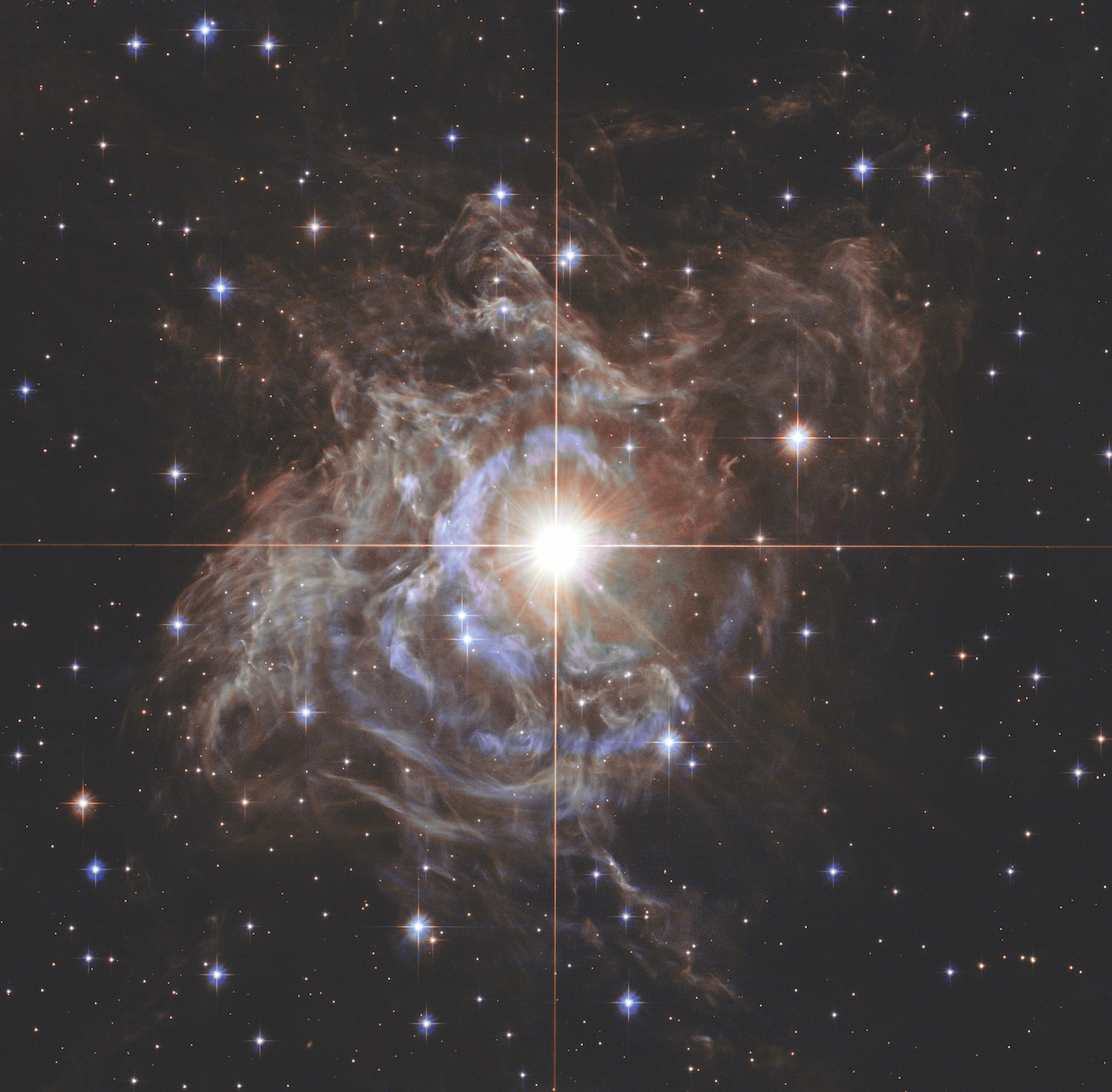
"Dark gravity you can begin to constrain within a particular theory, I suppose, doing the same types of tests you would for phantom energy. But if you really want to test this idea of dark gravity, you have to look at some phenomena where you'll see an appreciable difference," Caldwell said.
"In many of the theories that people have proposed, phenomena like gravitational lensing should look different in a universe described by dark gravity rather than general relativity. And so people are looking for ways to use weak lensing experiments, where instead of the lens being the sun and the source of light being a star in the galaxy — as happened in 1919, which proved Einstein's theory correct — the lens is a cluster of galaxies and the light is much bigger."
Nevertheless, Caldwell still thinks we need to await a new idea or technological breakthrough. "The problem with a lot of these tests or theories we're going after is that in each case there's a gap and we've filled it with something," he said.
"Observers are doing their duty of carrying out the measurements to the best of the technology they have and developing new techniques, pushing technology forward, but few of these theories have a unique prediction that would say: 'You just need to measure this one thing and forget the rest, and then you'll see.' That's a bit of a problem; I guess that makes it harder. We're still waiting for either that real breakthrough idea or measurement."
Still, he's just as committed as most astronomers to the idea of there being these dark aspects to the universe. "If I meet a cosmologist now who thinks that the whole dark energy-dark gravity thing is on the wrong track, then they're just ignoring the evidence," he said.
But what if some aspect of dark gravity proves that Einstein simply got it wrong? "If we discover a new gravitational phenomena, then we will realize that Einstein's theory has a similar role to Newton's theory," Caldwell said. "That it's a beautiful theory that leads to testable predictions with high accuracy, but it's only valid in a certain domain, a certain range of validity — at which point it gives out to yet another theory."
Join our Space Forums to keep talking space on the latest missions, night sky and more! And if you have a news tip, correction or comment, let us know at: community@space.com.
Breaking space news, the latest updates on rocket launches, skywatching events and more!
Space science journalist Paul has been writing about and keeping up to date with the latest research in science, technology and space for more than 25 years.

